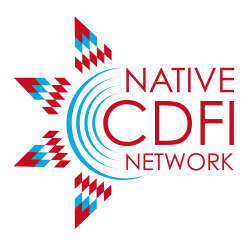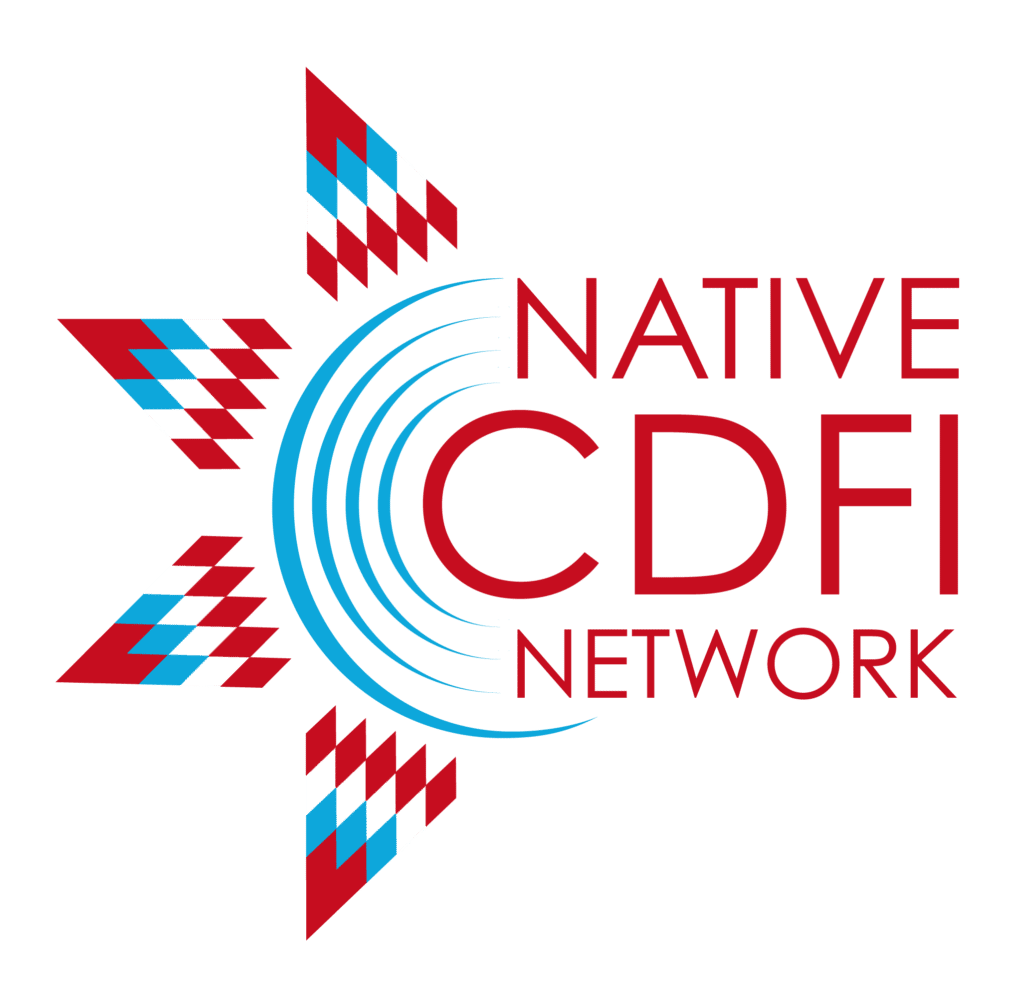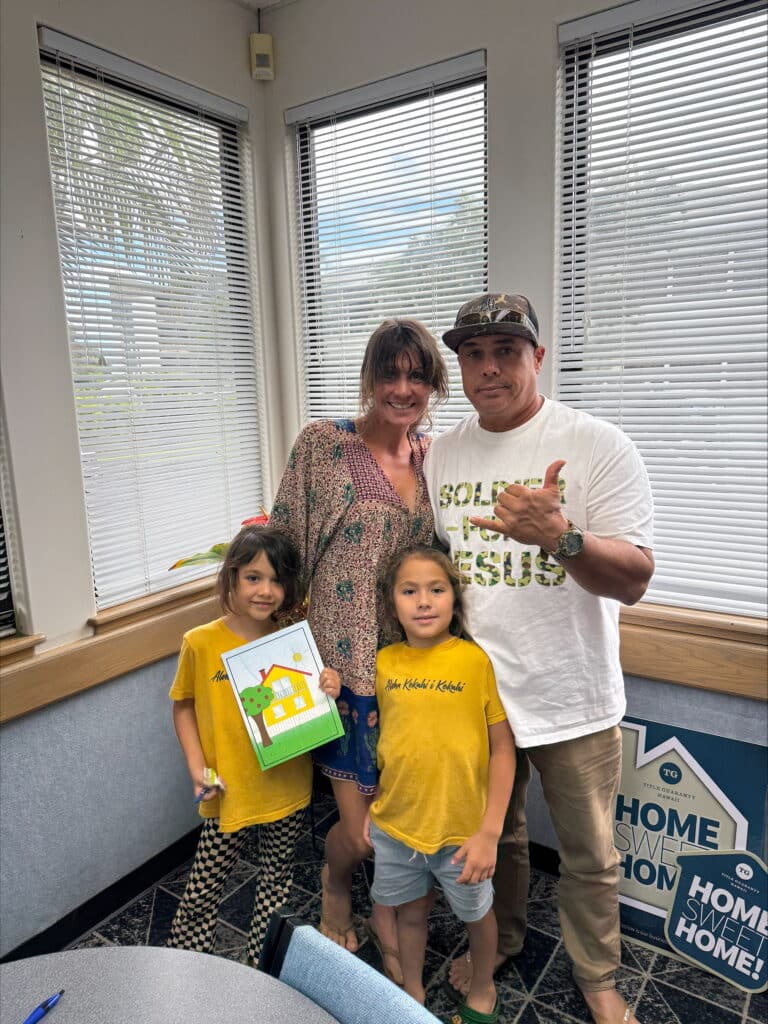The Native CDFI Relending Demonstration program provides mortgage capital to NCDFIs through a 33-year loan at 1% interest rate with a 3-year payment deferral at loan onset. This capital can be used on tribal lands, Alaska Native Claims, and Hawaiian Homelands.
The funds must be used to provide direct loans to recipients. The minimum loan request is $500,000, and must be provided to individual loan recipients within 3 years of loan closing. Repayment will be annually and consist of both principal and interest, after the initial 3-year deferral.
This program is still a trial program and the application period ended August 2024.
Eligible Uses of NCDFI Relending Demonstration Funding
Purchase an Existing Property
Build a New Property
Repair/Renovate an Existing Property
Relocate a Home
Purchase Essential Household Equipment
Such as carpet, ovens, ranges, refrigerators, washers, dryers, heating and cooling systems if the equipment is conveyed with the dwelling
Purchase and
Prepare a Site
Including grading, foundation plantings, seeding or sod installation, trees, walks, fences and driveways
Must be in an
Eligible Rural Area
Not be used for income producing activities, and not have a market value in excess of the applicable area loan limit.
Who Can Apply?
- Certified Native CDFIs
“Housing is the foundation for everything. It’s where community begins.”
Application Resources
Tools for a Successful Submission




